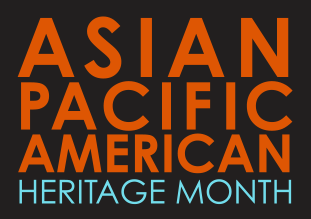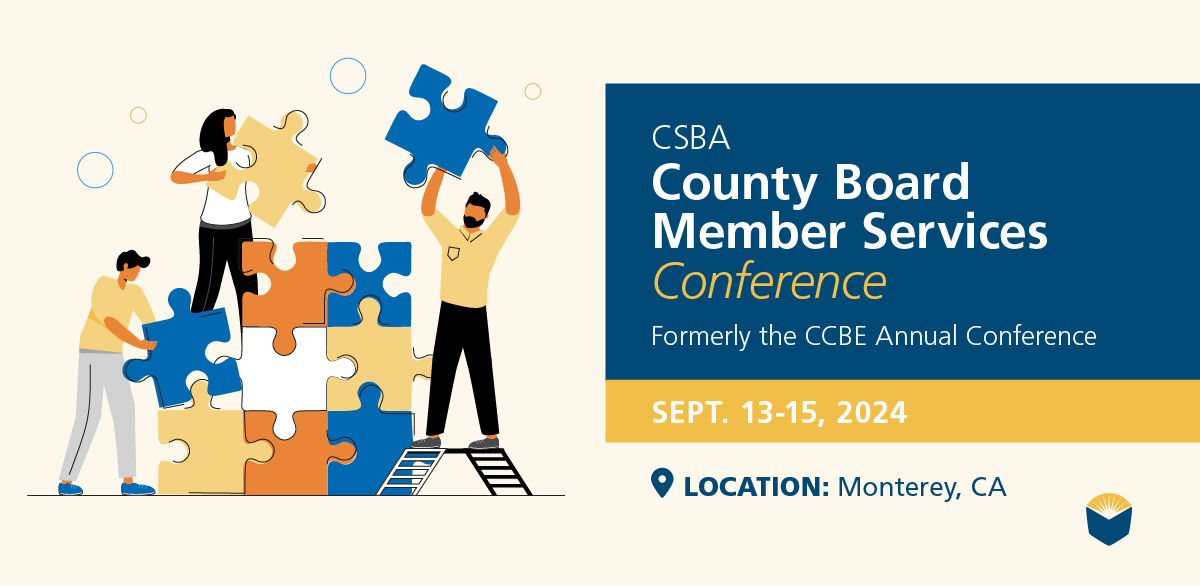Nearly 30,000 Pacific Islander students are enrolled in California public schools in the 2018-19 school year. The majority of these students come from low-income households, and many struggle academically and have among the highest rates of chronic absenteeism of all student groups. As one of the fastest growing populations in the United States, it is important for leaders to understand the unique cultural needs of Pacific Islander students to support their learning.
Empowering Pacific Islander Communities, or EPIC, was founded in 2009 by a group of young Pacific Islanders leaders who recognized an urgent need in supporting Native Hawaiians and Pacific Islanders in the U.S. The organization’s mission is to advance social justice by engaging NHPIs through culturally relevant advocacy, research and leadership development. In recognition of Asian Pacific American Heritage Month, we interviewed EPIC Executive Director Tavae Samuelu to learn more about the specific needs of NHPI students.
Can you tell us a little more about your organization?
Our advocacy efforts include civic engagement, voter registration, get out the vote, lobbying and local legislative visits. Our largest leadership development program is PILOT (Pacific Islander Leaders of Tomorrow), which is made up of a summer institute and internships. And we also focus on research that is created for and by the Pacific Islander community. Our hallmark effort is a demographic profile we created in 2014 in partnership with Asian Americans Advancing Justice LA, there is a national and California report, and I believe it is the only publication out there that disaggregates data on Pacific Islanders.
Why is it important to disaggregate Pacific Islander demographic data?
Pacific Islanders are one of the fastest growing population in the U.S. There are significantly more PIs on the continent than in Hawaii. Using Samoans for an example, there are more Samoans here on the continent than in Samoa. And there is a lot of diversity within the PI population.
It’s important to disaggregate PI data because we know that data is how folks determine how resources are distributed and many decisions are validated through data — the more disaggregated we can get, the better we can know what the needs and gaps are in the community. I think disaggregating Pacific Islander from Asian was a great first step. But it needs to go further. The way different PI groups are able to navigate different systems, education included, are very much impacted by their relationship with the U.S.
For example, Native Hawaiians are all citizens and are all indigenous to the U.S. because Hawaii is a state. You have Americans from American Samoa who are U.S. nationals, but not U.S. citizens, so that impacts what they have access to. You have folks from Guam and the Marianas that are U.S. territories and also have U.S. citizenship. Then there are folks like Tongans and those from independent Samoa who have no formal relationship with the U.S., so therefore the ways they have access to citizenship, or access to education or access to health care are varying, effecting the ways they are able to have their needs met within those systems.
Research shows that Pacific Islanders students face unique challenges and often have lower academic outcomes when compared to other student groups. What do you think some of those challenges are?
What we understand as an organization is that many of these things don’t occur in a silo. What we oftentimes respond to is how racism and poverty manifest themselves for Pacific Islanders as a whole. The majority of PIs are also low income and often are the first generation navigating these systems. Immigration, health and education are intrinsically tied to each other. A specific example is when we have given cultural competency trainings to schools that we partner with, teachers have cited this chronic absenteeism among Pacific Islanders and how many [of the students] were saying they were going to funerals. And we explained that funerals in our communities take a week, and you are expected to be there for all of it. Many of our cultural practices are misunderstood. In other instances, teachers have said PI students are not engaging or thinking critically about a subject, but the cultural norm of respecting elders and not questioning authority can be seen this way. The performative nature of culture and how it gets misrepresented or misunderstood contributes to these perceptions.
We also hear from our students that when they have an opportunity to pursue higher education, it isn’t encouraged by their families who say they need to start working and make money. One of our challenges we have is how to communicate to these families the need for their children to continue their education when that will ultimately drive them into debt given our current systems. Getting that investment is tough, even though we know that [higher education] will make them more competitive and give them greater economic access in the long run, but not knowing what that will actually mean in the long run.
Editor’s Note: This interview has been edited for length and clarity.
To learn more about Asian Pacific American Heritage month, visit https://asianpacificheritage.gov.
CSBA Resource
Governance brief: Asian, Filipino, and Pacific Islander Students in Focus





